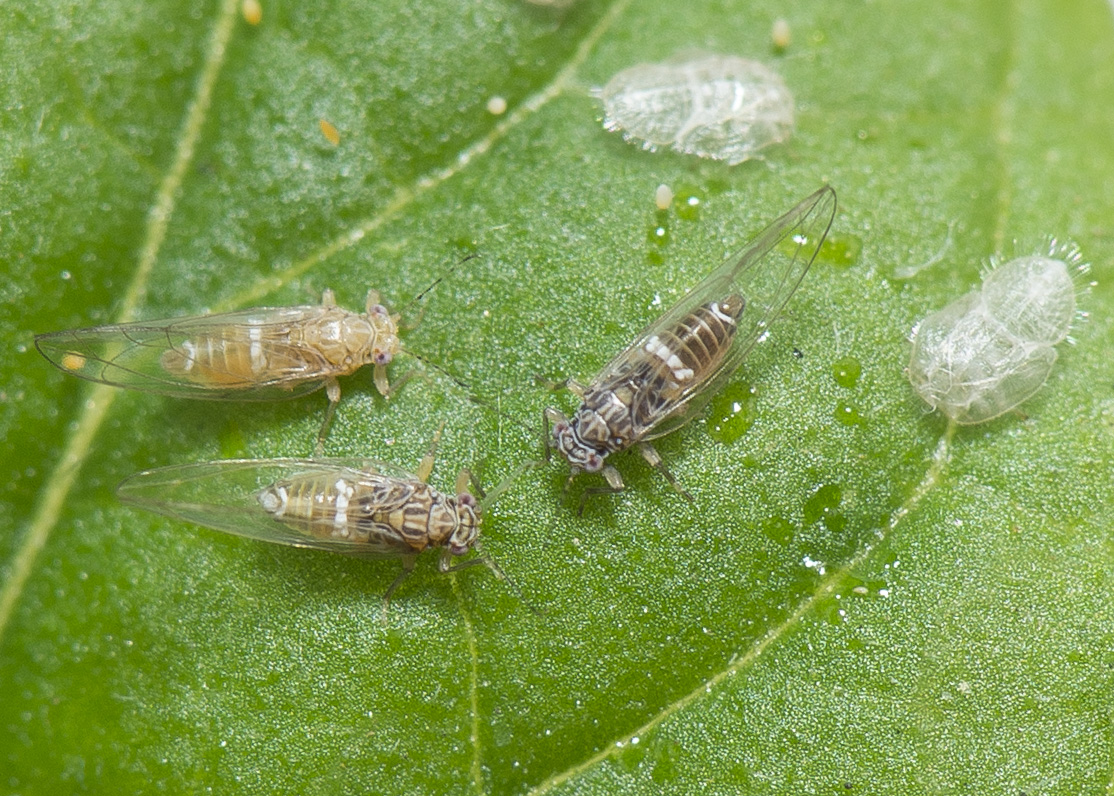These models are incomplete and we may underestimate the losses, researchers say. Their findings show that infested tomato plants, in an attempt to fight off caterpillars, don’t adapt well to rising temperatures. This double-edged sword worsens their productivity.
According to the study, two factors are at play. The first is rising temperatures. Insect metabolism speeds up with heat and they eat more. Also, warmer temperatures could open up a wider range of hospitable habitats to insects. Second, and this is what current models ignore, is how the infested plants react to the heat. “We know that there are constraints that prevent plants from dealing with two stresses simultaneously,” says Gregg Howe, professor at the Plant Research Laboratory at Michigan State University. “In this case, little is known about how plants cope with increased temperature and insect attack at the same time, so we wanted to try and fill that gap.” Plants have systems to deal with different threats. Caterpillar attack? There is a system for that. When a caterpillar takes a bite off a leaf, the plant produces a hormone, called Jasmonate, or JA. JA tells the plant to quickly produce defense compounds to thwart the caterpillar. Temperatures too hot? Overheated crops have another bag of tricks to cool themselves down. Obviously, they can’t make a run for the inviting shade under a tree. They lift their leaves away from the hot soil. They also “sweat” by opening their stomata—similar to skin pores—so that water can evaporate to cool the leaves. Nathan Havko, a postdoctoral researcher in the Howe lab, had a breakthrough when he grew tomato plants in hot growth chambers, kept at 38 degrees Celsius (100.4 degrees Fahrenheit). He also let hungry caterpillars loose on them. “I was shocked when I opened the doors to the growth chamber where the two sets of plants were growing at ‘normal’ and ‘high’ temperatures,” Howe says. “The caterpillars in the warmer space were much bigger; they had almost wiped the plant out.” “When temperatures are higher, a wounded tomato plant cranks out even more JA, leading to a stronger defense response,” Havko says. “Somehow, that does not deter the caterpillars. Moreover, we found that JA blocks the plant’s ability to cool itself down, it can’t lift its leaves or sweat.” Perhaps, the plants close their pores to stop losing water from the wounded sites, but they end up suffering the equivalent of a heat stroke. It’s even possible that the caterpillars are crafty and do extra damage to keep the leaf pores closed and leaf temperatures elevated, which will speed up the insect’s growth and development. And, there are consequences. “We see photosynthesis, which is how crops produce biomass, is strongly impaired in these plants,” Havko says. “The resources to produce biomass are there, but somehow they aren’t used properly and crop productivity decreases.” Researchers still have many open questions to resolve but, as of right now, they say the study suggests that when global temperatures rise, plants might have too many balls to juggle. “I think we have yet to appreciate the unexpected tradeoffs between defense responses and plant productivity, especially when other types of environmental stress are present,” Howe says. “Turning on the defense response may do more harm than good if the plants face high temperatures or other stresses.” Source - https://www.futurity.orgUSA - Bugs and heat will do major damage to crops as temps rise
22.01.2020 471 views
ScaleAgData Stakeholder Engagement Event
22.10.2024The ScaleAgData project is pleased to invite you to our second stakeholder event. Building on the discussions and connections formed during our first webinar, this event will focus on fostering collaboration among stakeholders, providing updates on our project’s progress, and outlining future opportunities for engagement.

Sinkholes in Turkey's agricultural heartland fuel farmers' concerns
Hundreds of sinkholes have emerged in Turkey's central agricultural region due to dwindling rainfall and receding groundwaters, causing concern among farmers and environmental experts who see it as a worrying sign of climate change.

Ghana - Agriculture Minister launches $147.3m PROSPER Project to modernise agriculture, support 420,000 farmers
The Minister for Food and Agriculture, Eric Opoku, has launched a national agricultural intervention project dubbed the Promoting Rural Opportunities, Sustainable Profits and Environmental Resilience (PROSPER) Project, aimed at modernising Ghana’s agricultural sector and improving the livelihoods of about 420,000 beneficiaries across eight regions.
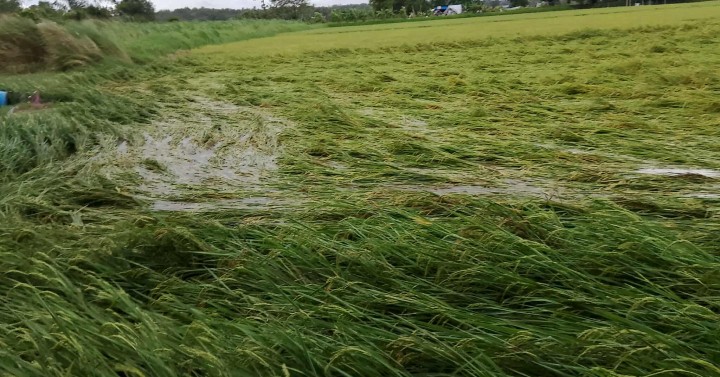
Philippines - Crop damage estimate after Uwan upgraded to P14 billion
The final estimate of damage to agriculture caused by Super Typhoon Uwan (international name: Fung-wong, has been set at P14.12 billion, according to the Department of Agriculture (DA).
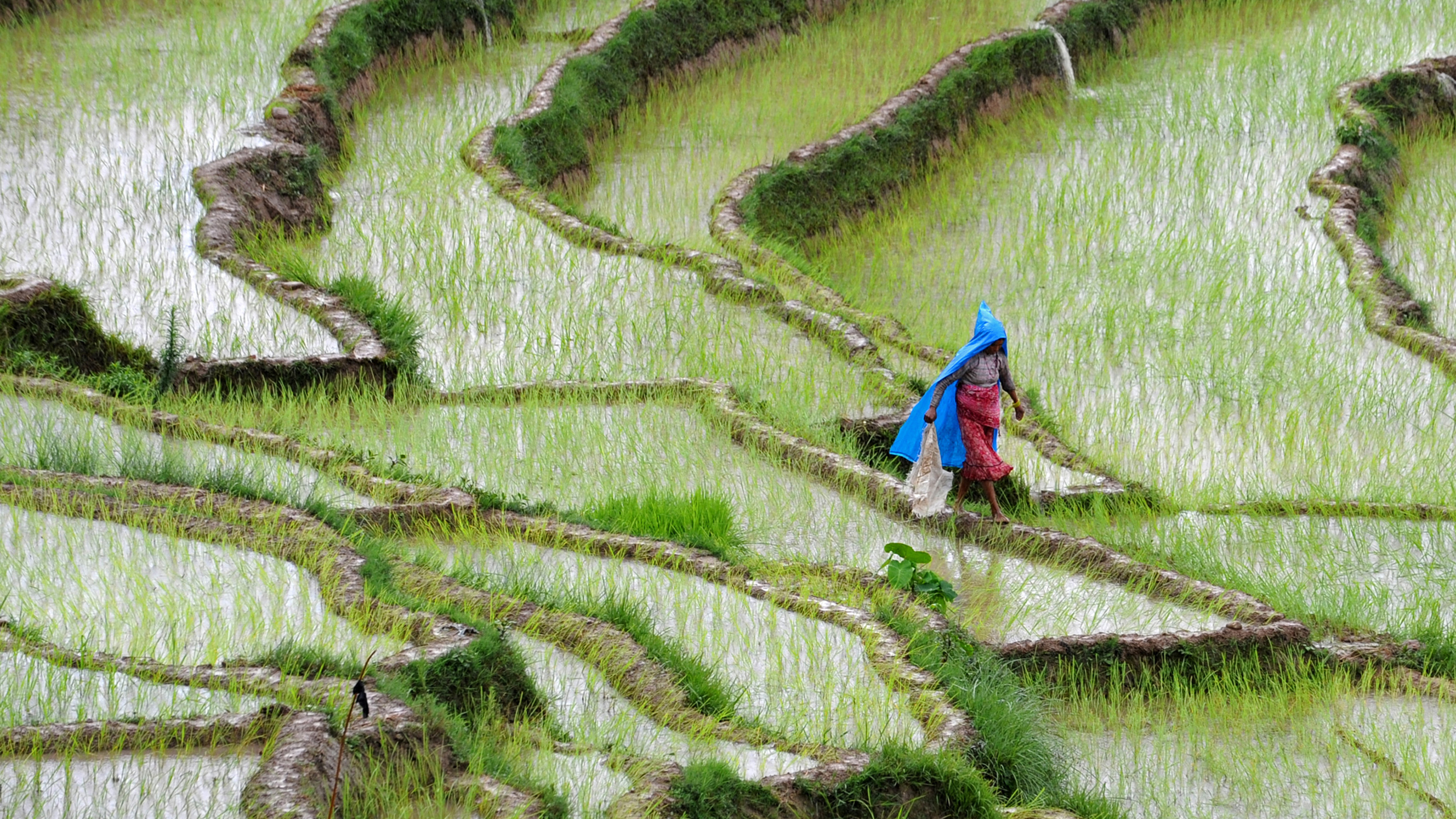
Nepal’s farm and livestock imports hit Rs 150 billion in five months as dependence grows
The growing trend of youth migration for foreign employment, increasing fallow land and the lack of modernization and commercialization in agriculture have all contributed to stagnant domestic production. As local output fails to meet demand, Nepali consumers are increasingly reliant on imported agricultural goods.
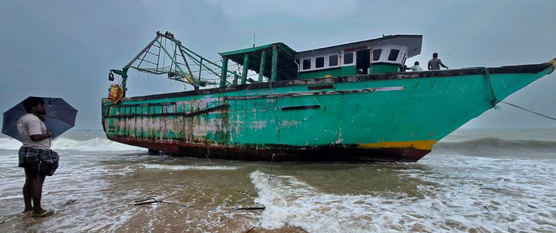
Fisheries sector losses from cyclone estimated at Rs.8 Bn
The Fisheries Ministry reports that Cyclone Ditwah has caused losses to the fisheries sector amounting to nearly Rs.8 billion.

USA - Mills County board hears agriculture land inspection proposal for carbon pipeline project
Mills County officials heard the latest regarding a proposed carbon dioxide pipeline that would cut through a rural portion of the county's northwest corner.
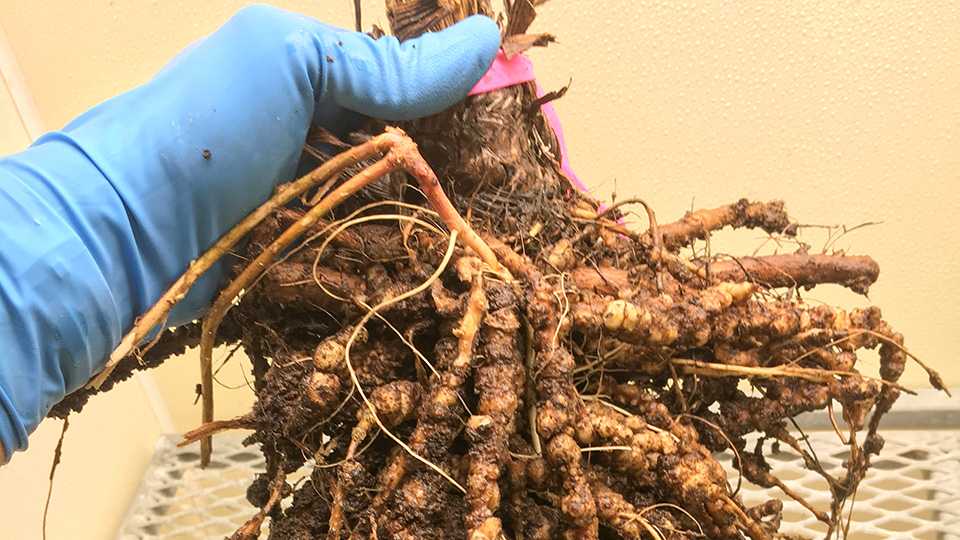
Fiji’s agriculture faces threat from root-knot nematodes
Fiji’s agriculture industry is confronting a new challenge with root-knot nematodes, pests that attack plant roots and reduce nutrient absorption.

USA - USDA to expand crop insurance access for farmers and ranchers
U.S. Secretary of Agriculture Brooke L. Rollins recently announced major updates to federal crop insurance, reducing red tape for farmers, modernizing long-standing policies, and expanding access to critical risk protection beginning with the 2026 crop year.


